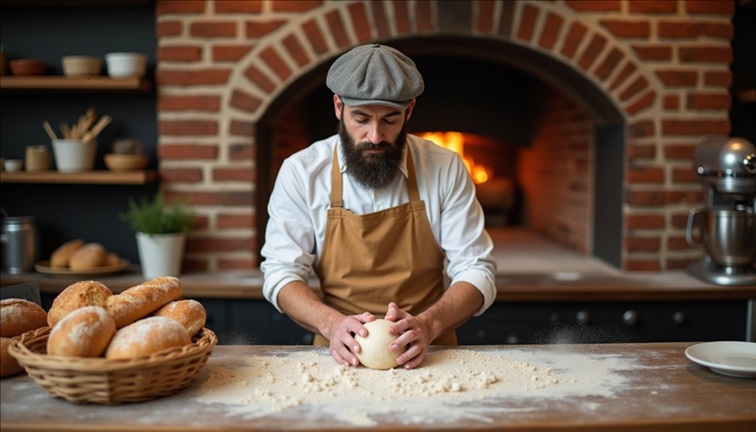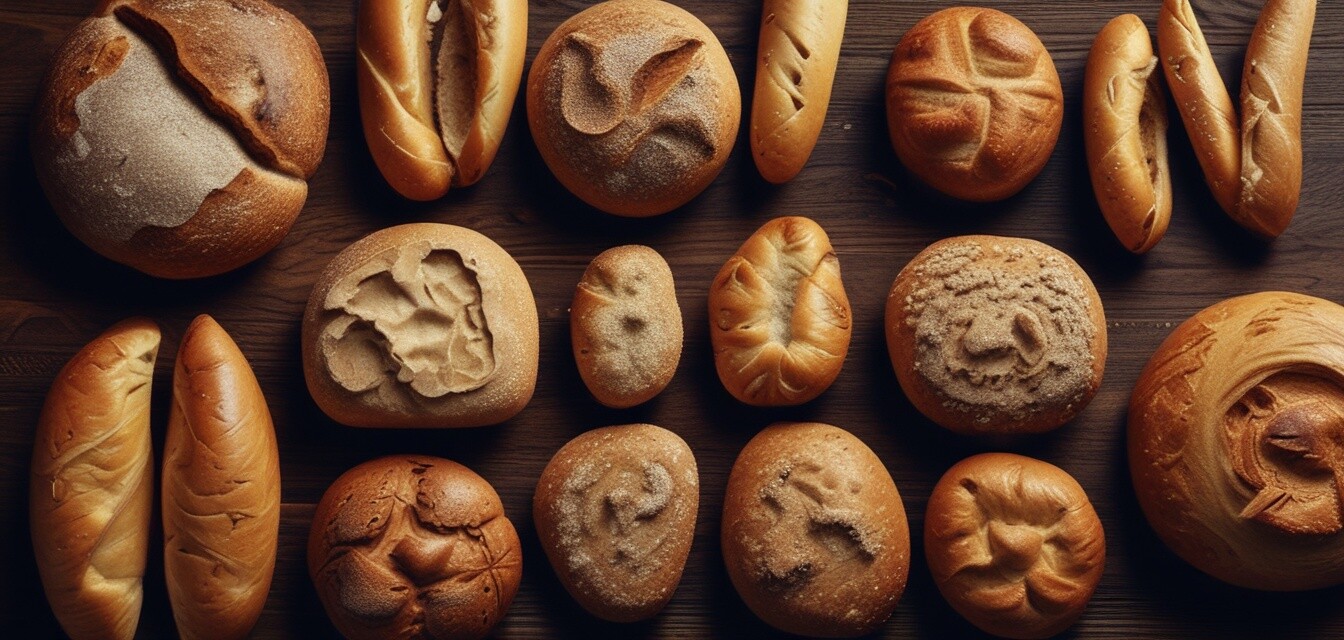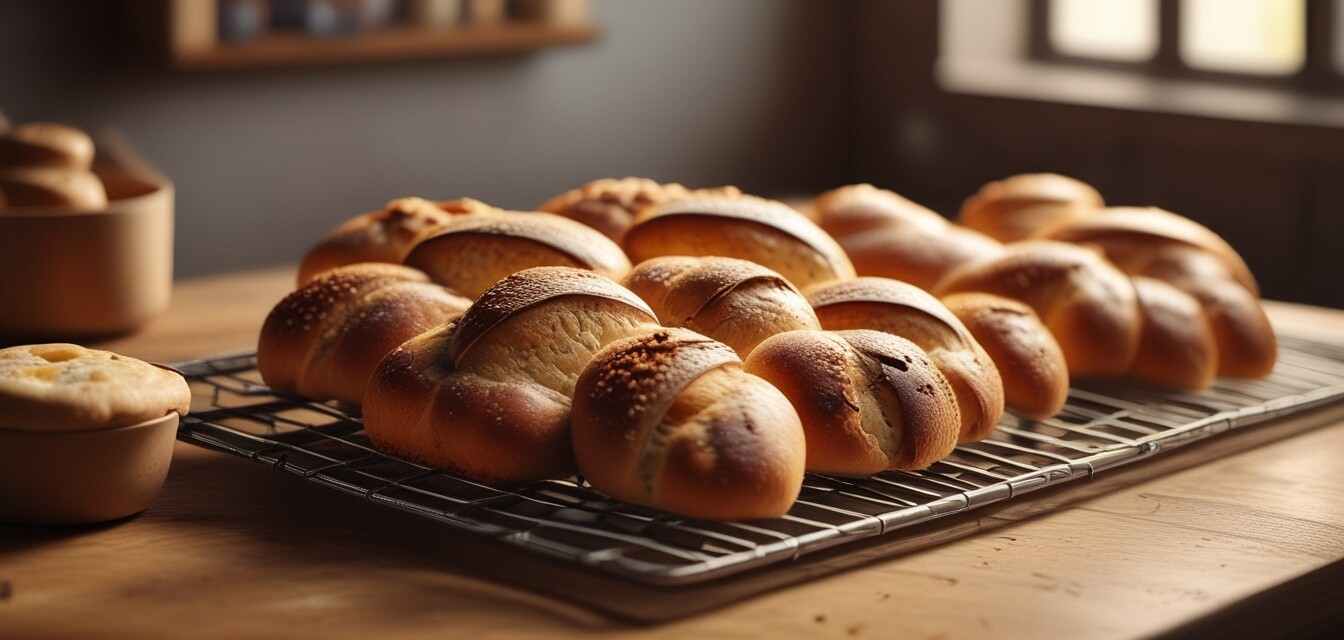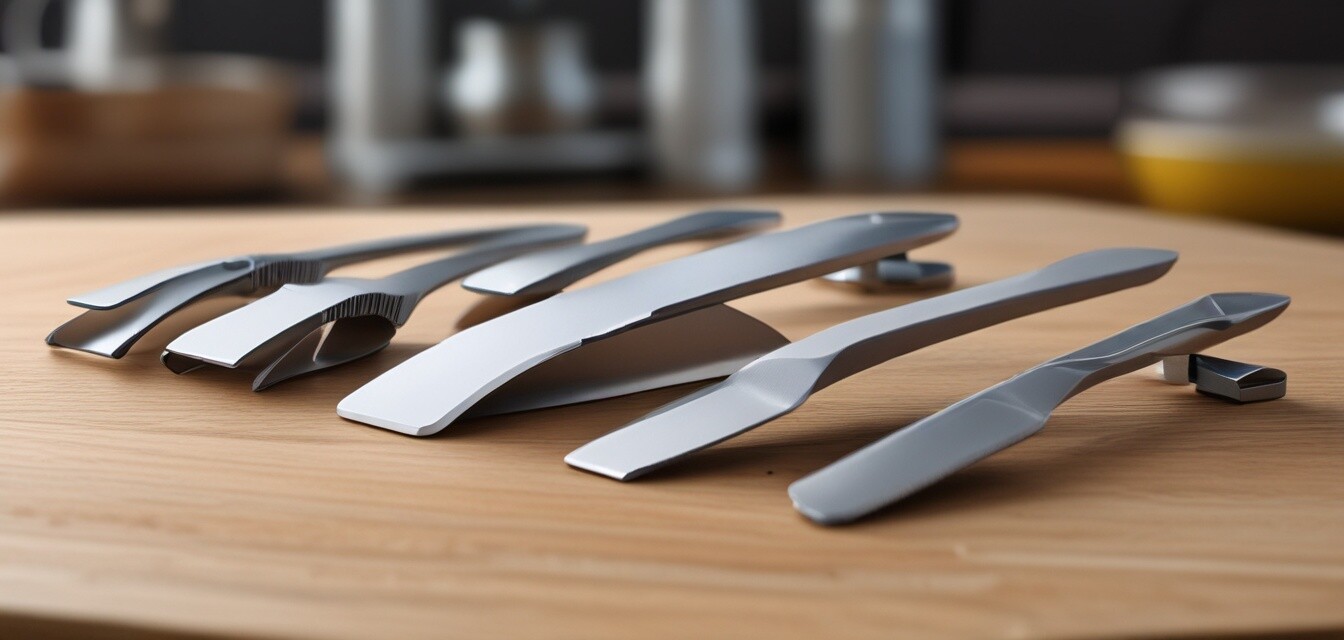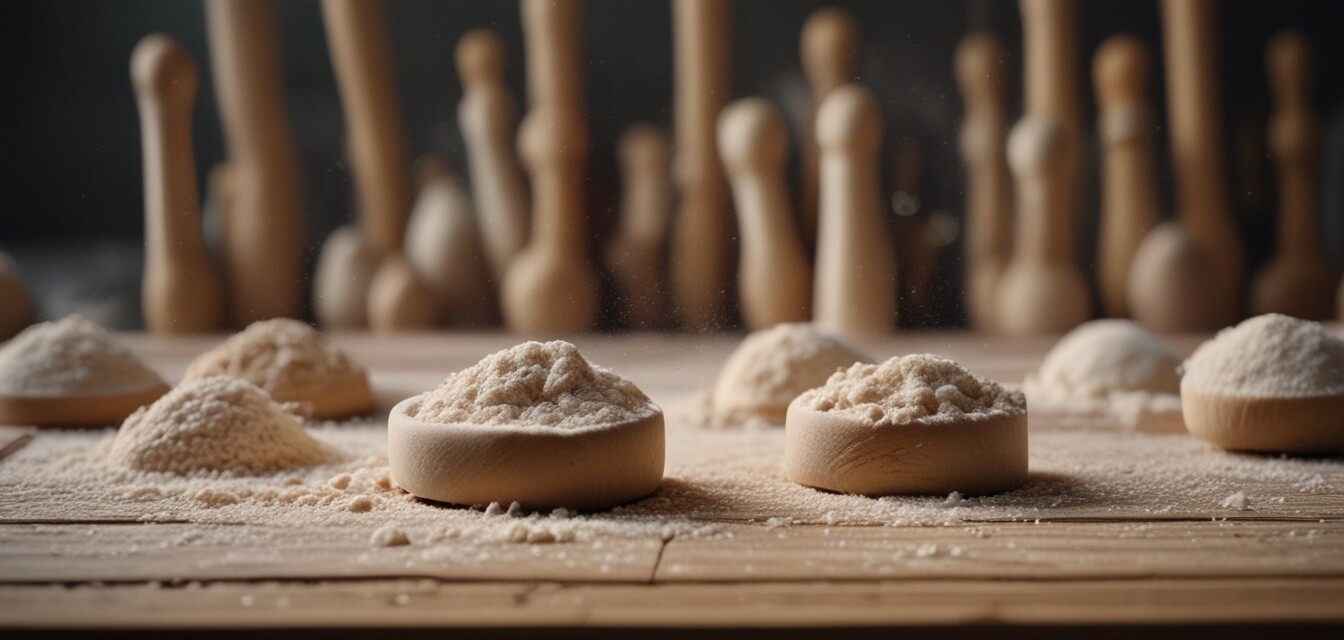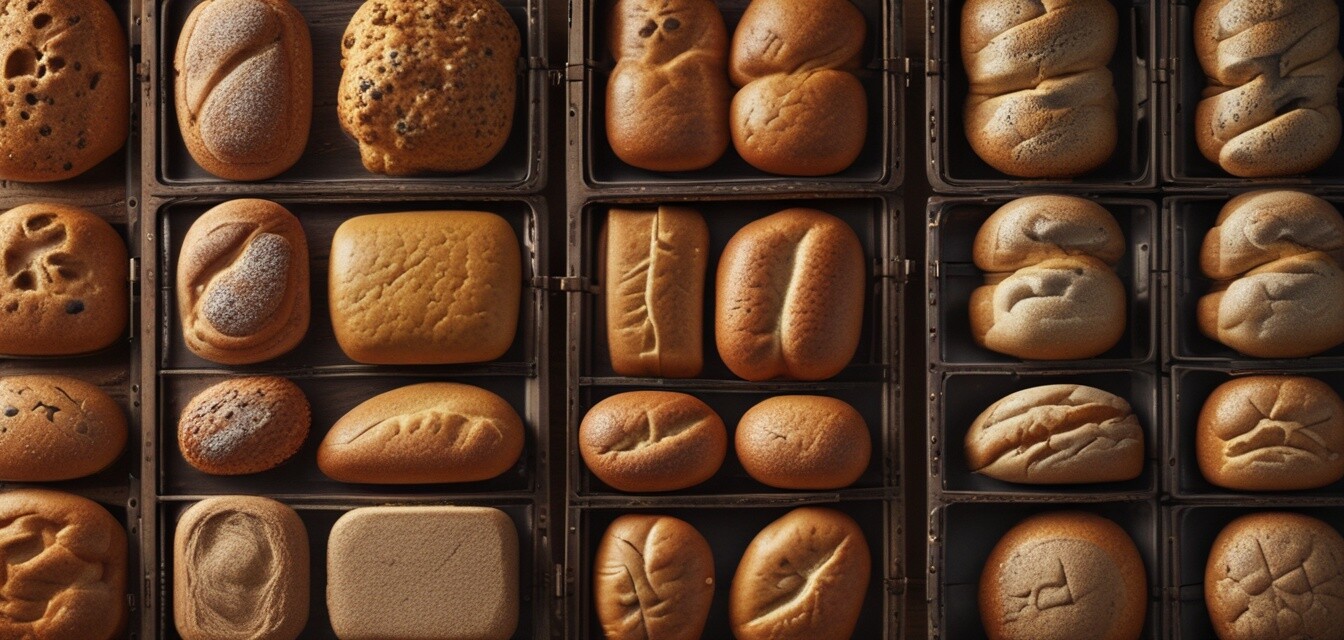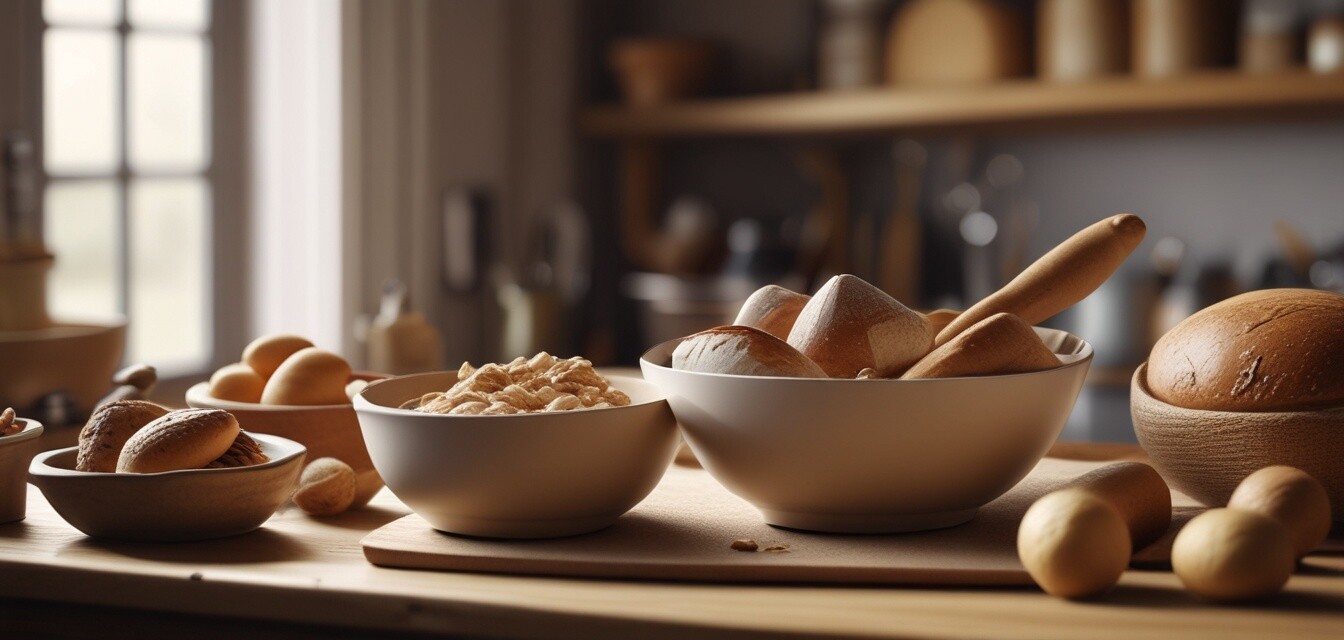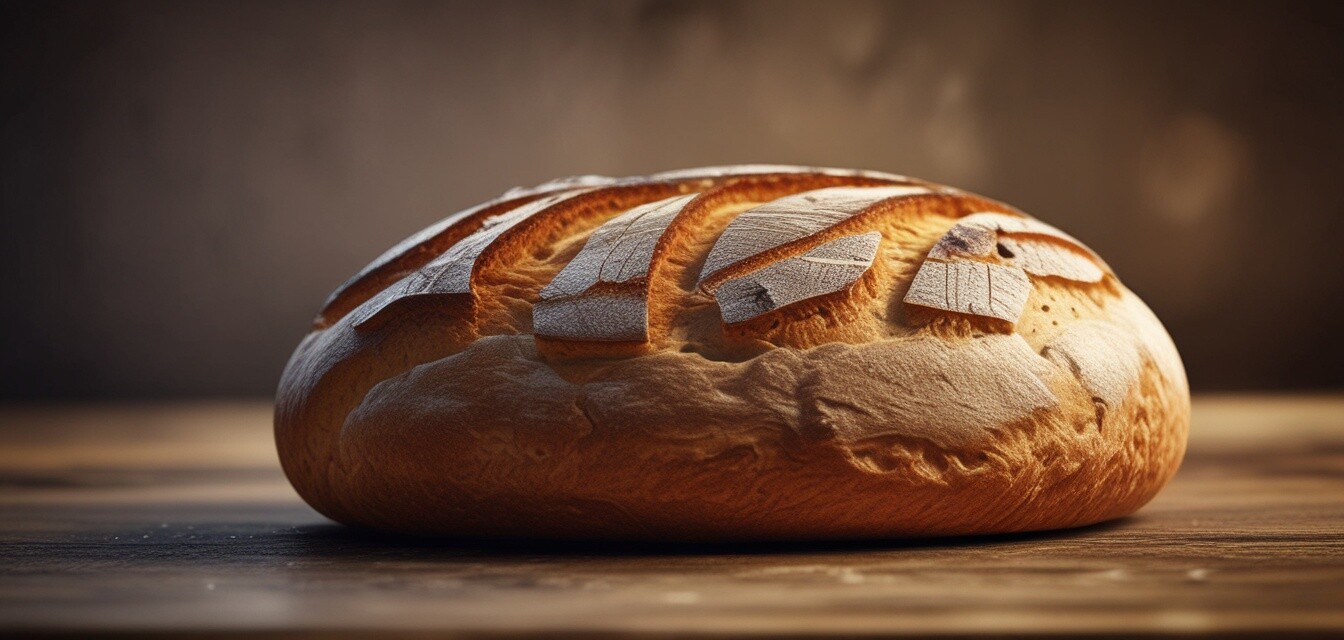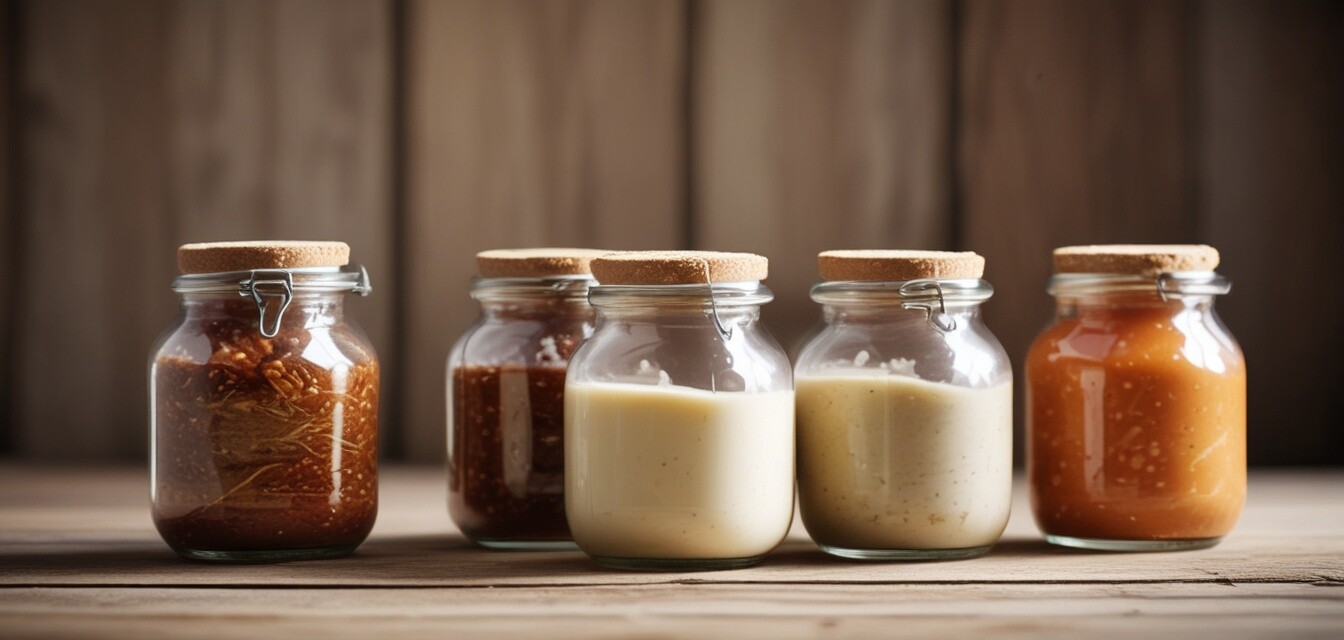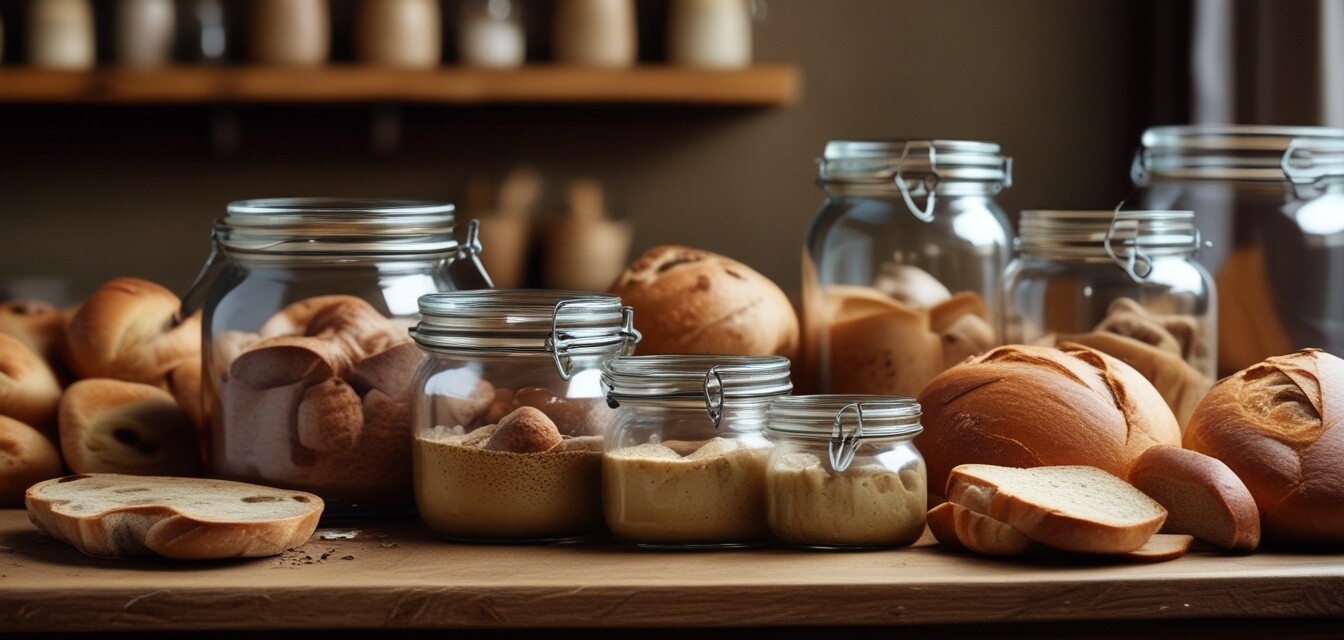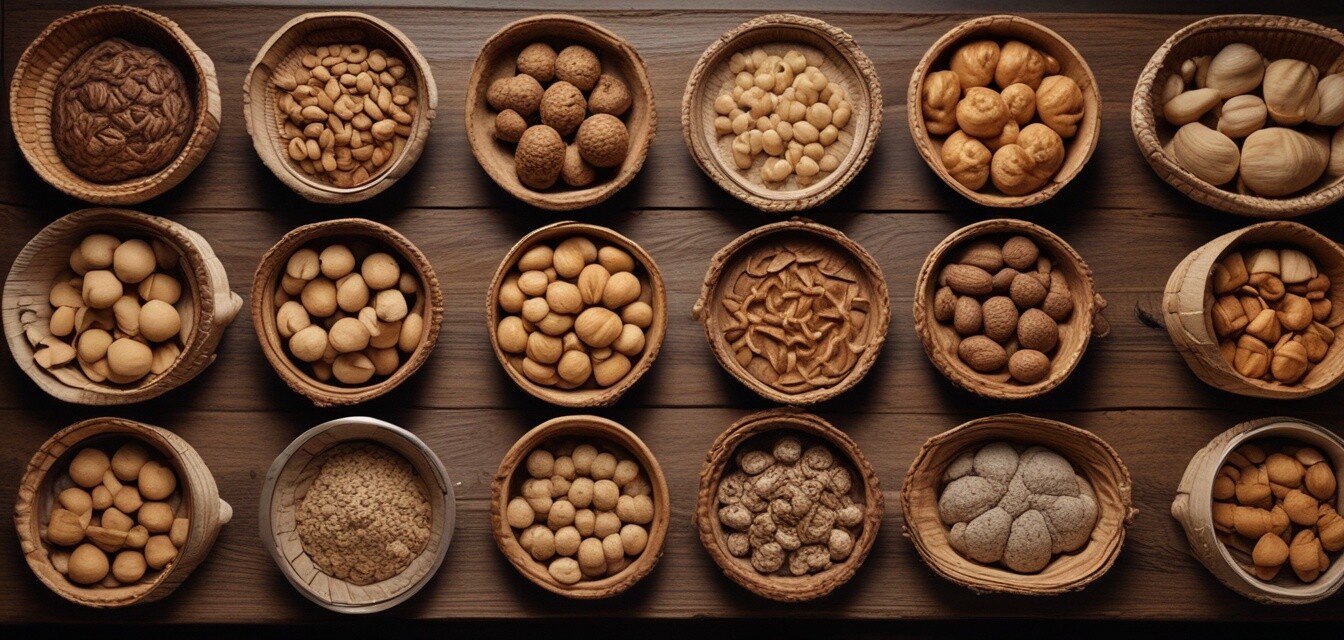
Proofing Baskets: The Secret to Perfectly Shaped Artisan Bread
Key Takeaways
- Proofing baskets help shape and ferment artisan breads.
- Made of various materials including rattan and plastic.
- Different sizes and shapes are available to suit various kinds of bread.
- Using the right proofing basket enhances the final appearance of the bread.
When it comes to baking artisan bread, the right tools are essential. Proofing baskets, also known as banneton, are vital for shaping and fermenting the dough. This article will guide you through the different types of proofing baskets available, their uses, and how to choose the best one for your baking needs. We’ll also explore the characteristics that make proofing baskets an essential part of the baking process.
What is a proofing basket?
A proofing basket is a woven basket used to hold bread dough while it rises or ferments. These baskets provide support to the dough, helping it maintain its shape. They are commonly used for artisan breads with a high hydration content, which can be challenging to shape. The design allows for even airflow and moisture retention, essential for creating the perfect dough structure.
Materials used in proofing baskets
Proofing baskets are typically made from different materials, each impacting the final outcome of the bread. Here’s a look at some of the most common materials:
| Material | Description | Advantages |
|---|---|---|
| Rattan | A natural, durable material commonly used. | Allows for excellent airflow and absorbs moisture. |
| Bamboo | Lightweight and eco-friendly option. | Good for moisture retention. |
| Plastic | Flexible and easy to clean; often comes with a smooth surface. | Less prone to staining and offers a non-stick option. |
| Wood | Rarely used but offers rustic charm. | Creates an aesthetic appeal in the baking process. |
Choosing the Right Proofing Basket
Selecting the right proofing basket depends on a few factors:
- Size: Choose a basket that accommodates the size of your dough. Common sizes include 8-inch, 9-inch, and larger round or oval shapes.
- Shape: Round and oval are most popular, but other shapes exist to match different types of bread.
- Material: Consider what material fits your baking style and preferences.
- Care: Some materials require more maintenance, while others are dishwasher safe.
Care and Maintenance of Proofing Baskets
Proper care of your proofing basket ensures longevity and better baking results:
- Always dust with flour before placing dough in the basket to prevent sticking.
- After use, brush off excess flour and let the basket air dry.
- For rattan and bamboo, avoid soaking; simply wipe down when necessary.
- Store in a dry, cool place to prevent mold growth.
Benefits of Using Proofing Baskets
Utilizing proofing baskets comes with numerous benefits:
- Enhances dough structure and fermentation process.
- Helps achieve a beautiful round shape.
- Improves crust and crumb texture by maintaining moisture.
- Reduces the chances of dough spreading during proofing.
Popular Types of Proofing Baskets
Below are some popular types of proofing baskets you might consider:
| Type | Best For |
|---|---|
| Round Rattan | Classic sourdough and boules. |
| Oval Rattan | Batard shaped bread. |
| Plastic | Easy cleaning and versatile for different bread types. |
| Bamboo | Environmentally conscious bakers. |
Additional Baking Tools for Artisan Bread
When baking artisan bread, it’s beneficial to have a few more tools on hand. Here are some recommendations:
- Baking stones for even heat distribution.
- Dough scrapers for easy handling of sticky dough.
- Lame blades for perfect scoring of the dough.
- Bread cloche for creating a professional baking environment.
- Baker's couche for supporting the dough during proofing.
Conclusion
Proofing baskets are an indispensable tool for any artisan bread baker. They not only help to shape the bread but also enhance the overall texture and appearance. By understanding the materials, sizes, and benefits of proofing baskets, you can elevate your bread-baking experience and enjoy the art of making delicious, perfectly shaped loaves.
Pros
- Helps maintain dough shape during proofing.
- Improves the final bread's appearance.
- Variety of shapes and sizes are available.
- Durable materials ensure longevity.
Cons
- Some materials require specific care and maintenance.
- Can be expensive compared to regular bowls.
- Limited to specific baking styles.
Tips for Beginners
- Start with a round rattan proofing basket to get a feel for the dough.
- Practice maintaining the right moisture levels in your dough.
- Experiment with different materials to see which you prefer.
- Always keep your workspace clean to avoid contamination.
